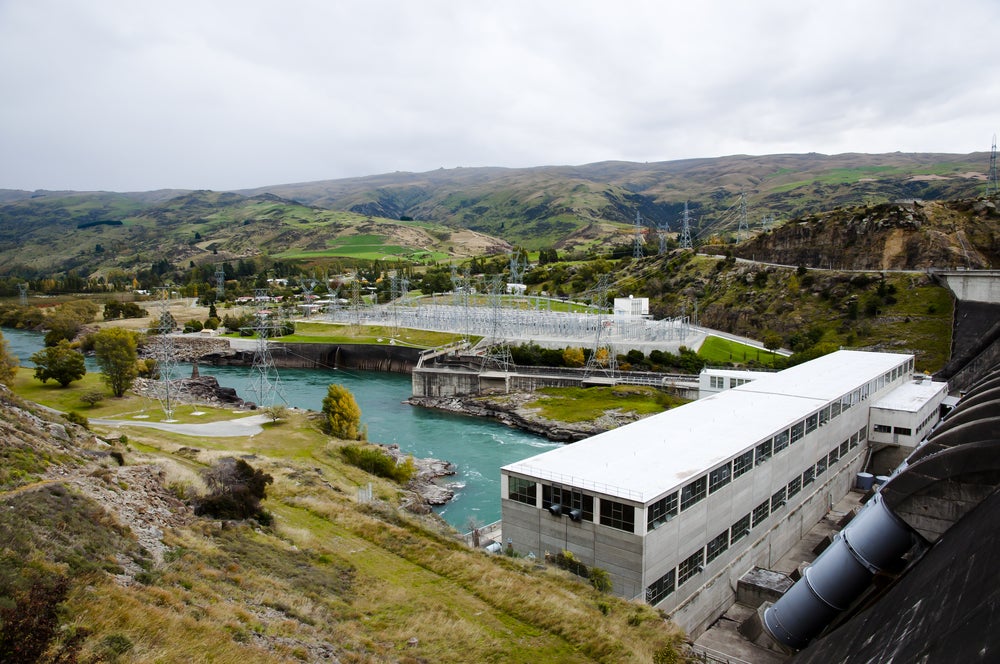The rail facilities in Lyttleton and Wellington will be significantly upgraded by the time the new ferries come.In theory that would be ideal, however currently electricity generation capability could be problematic because NZ is close to peak generation capacity. There isn't enough alternate generation capacity to keep up with demand, and any further hydro generation capability projects will be heavily opposed by environmental groups. The idiotic move to stop future gas exploration before alternative viable generation capability is online has resulted in the Huntly coal fired power station being used far more frequently and NZ having to import Indonesian coal.
Yes and no. Wellington is a weak link in the interisland logistics chain. The disruptions to the Cook Strait sailings have increased over time because of weather. The ferries are now limited to a maximum of 6m seas, which are occurring more often.
Secondly, the Wellington port facilities are subject to considerable risk from a reasonably large seismic event, which could render the port inoperable. The 2016 Kaikoura earthquake rendered the container terminal inoperable for a significant period of time. It also caused moderate damage to the Cook Strait ferry terminals. A repeat of the 1855 earthquake would decimate the port and has the potential to make it permanently unusable. The 1855 quake caused 6m of uplift. Prior to that the Miramar Peninsula was an island and the harbour's edge water lapped around the bottom of Parliament and along Lambton Quay.
Thirdly, the 2016 Kaikoura earthquake has shown the fragility of the logistics chain between the lower North Island and Christchurch. It took approximately two years to have the Main Trunk Line and State Highway 1 between Blenheim and Christchurch fully repaired and returned to full service.
Fourthly, the main trunk line between Auckland and Wellington runs across the Volcanic Plateau past three active volcanoes and one super volcano. A good sized eruption from any of the three volcanoes has the potential to close down the line for a while. A lahar caused the Tangiwai Bridge Disaster that Xmas during the 1950s. When Lake Taupo goes bang, that's the middle of the North Island stuffed.
So I believe that these are some of the reasons to seriously consider coastal shipping.
Additional power generation is already in existence, once Tiwai Point is shut down in 2024 the Manapouri power station will be able to send it's power North, at the moment it's constrained by the transmission lines in the lower South Island. The Clutha Upper Waitaki Lines Project (CULWP) is under construction as of September 2021 to relieve this constraint, allowing an extra 400 megawatts to be sent north.
The next big project which will guarantee our energy demands for the future is the Lake Onslow pumped storage scheme, It would, in effect, turn the South Island rock basin into a massive 5000 gigawatt rechargeable battery to power the country during periods of little rainfall or wind, ending its dependence on gas and coal generation.
When Lake Taupo pops we will have more to worry about than shipping goods around NZ.


